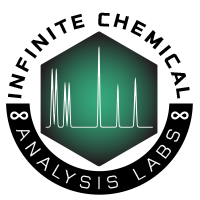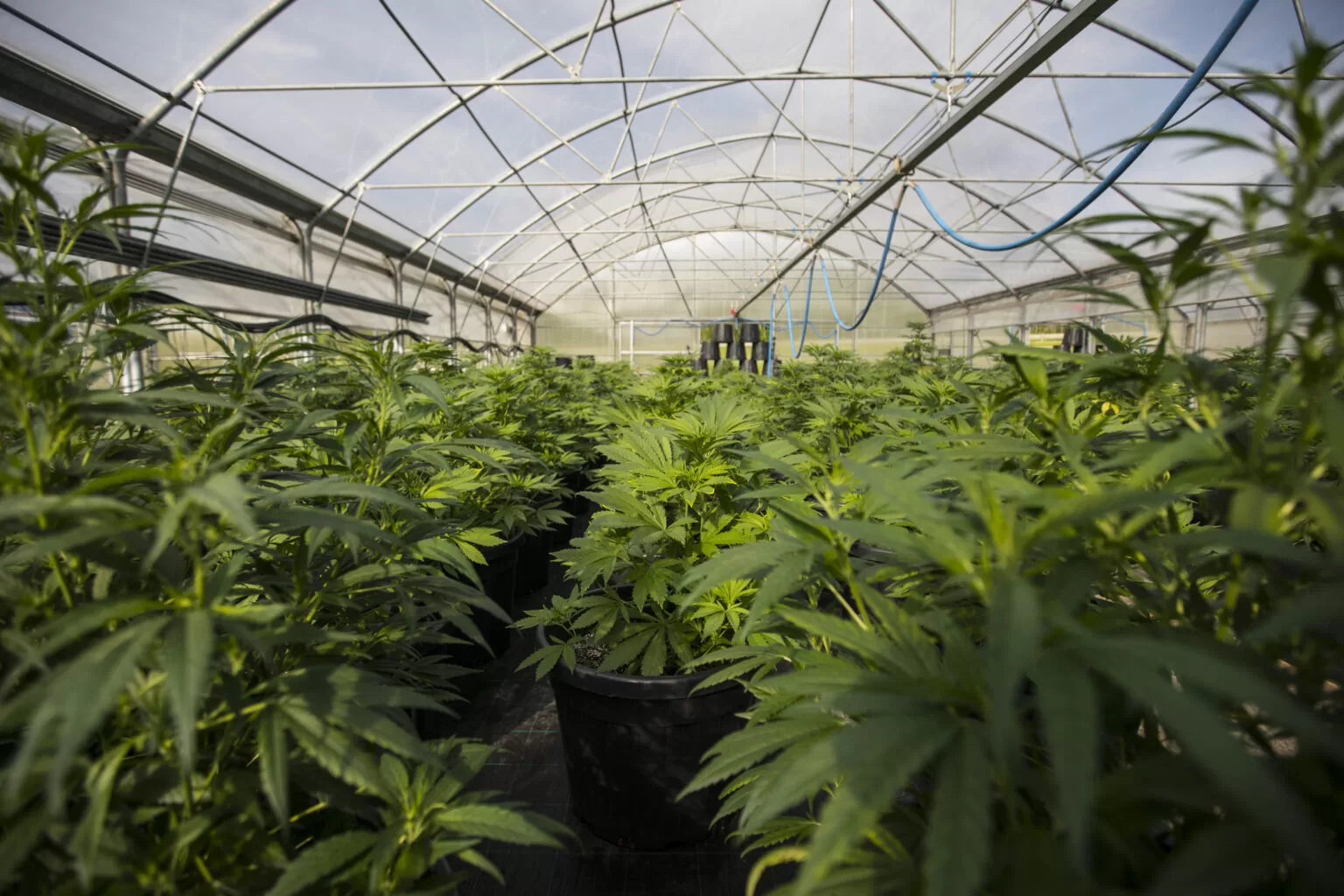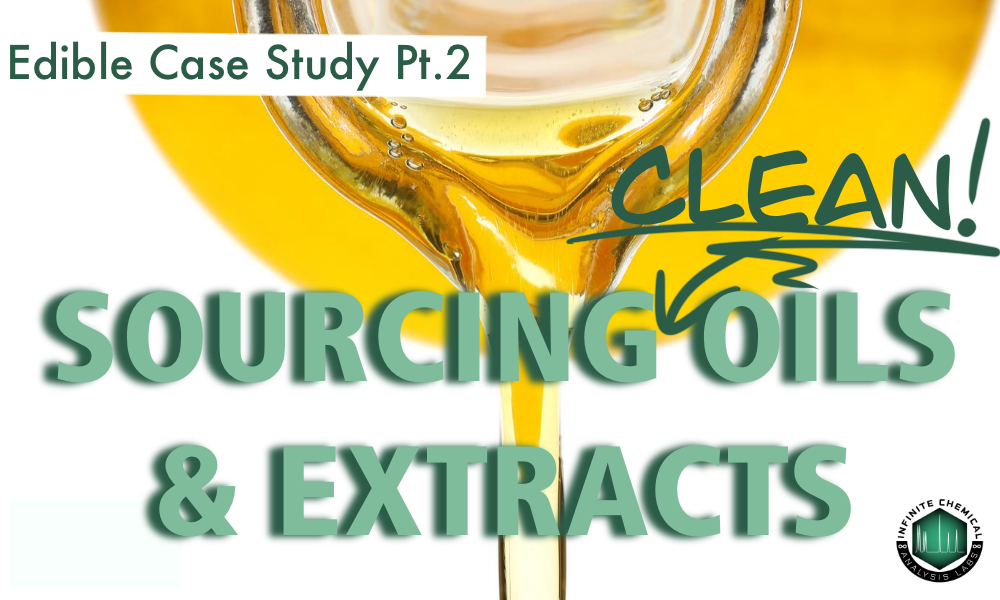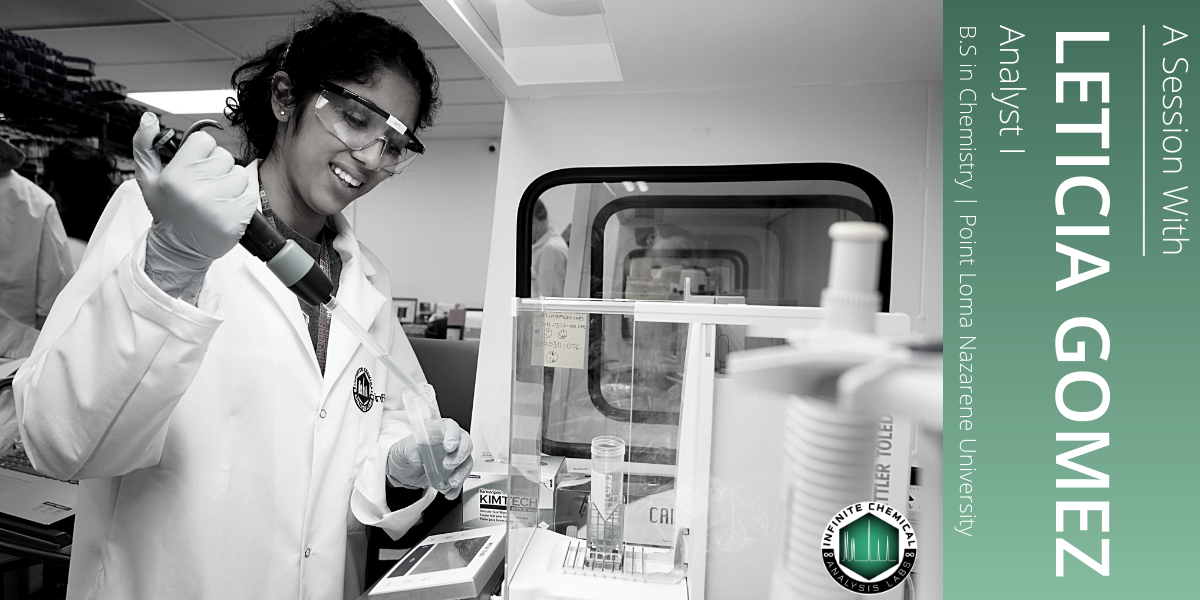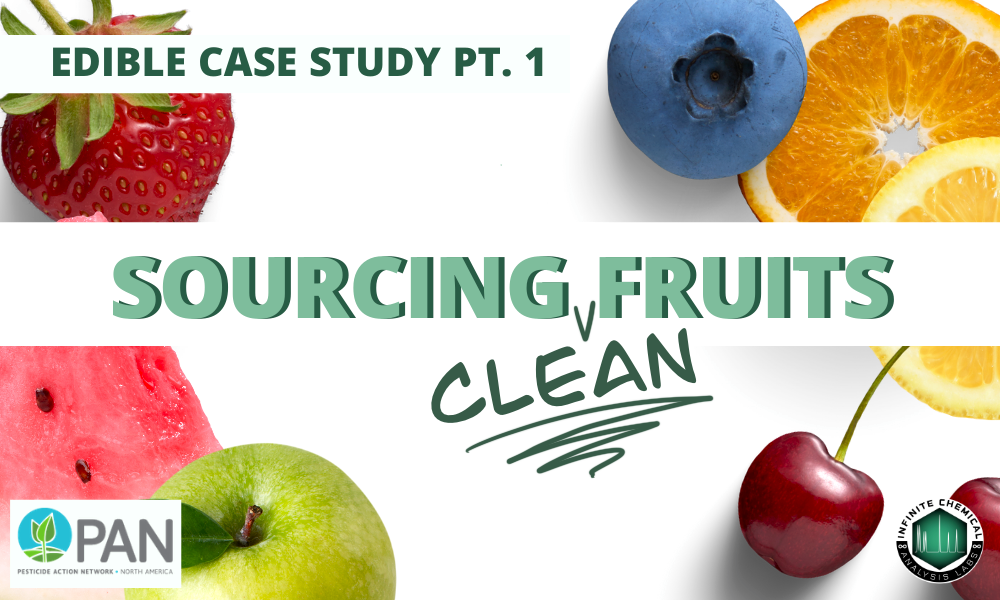
California’s market for cannabis extracts has exploded in recent years, representing 37 percent of cannabis sales in California in 2018 compared to traditional flower at 33 percent.
This exponential consumer demand of these products since legalization has helped refine concentrate extraction methods to innovative heights, resulting in many new and exciting forms of concentrates available. From terpene- rich sauce to brittle wax, dabbers nationwide now have a plethora of options to explore when attempting to achieve their preferred state of mind.
Solventless Extracts
Solventless extracts are resin concentrates produced without the aid of chemical solvents. Instead, these concentrates are extracted mechanically to maintain high purity and potency. As opposed to solvent-based extracts, there is no risk of inhaling any residue or potentially harmful solvents if the product isn’t properly purged, making solventless extracts the concentrates of choice for many health-conscious or medical cannabis consumers.
HASHISH
 Since ancient times, cannabis connoisseurs have been extracting resin-containing trichomes from the plant to produce traditional hashish. This method of extraction originated in Afghanistan, where producers utilized dry sifting to filter cannabis trichomes- or kief- from the dried plant material by beating a cannabis plant over a series of sieves. The kief was then pressed by hand with the addition of a small quantity of tea or water, and once the hashish was highly elastic it was molded by hand into ‘hash balls’. Before export, these balls were pressed into blocks.
Since ancient times, cannabis connoisseurs have been extracting resin-containing trichomes from the plant to produce traditional hashish. This method of extraction originated in Afghanistan, where producers utilized dry sifting to filter cannabis trichomes- or kief- from the dried plant material by beating a cannabis plant over a series of sieves. The kief was then pressed by hand with the addition of a small quantity of tea or water, and once the hashish was highly elastic it was molded by hand into ‘hash balls’. Before export, these balls were pressed into blocks.
The result is a spicy extract on the lower end of the potency spectrum that is almost black on the outside and dark greenish or brown on the inside. However, the purest hashish blocks produced through new methods of extraction will appear blonde and can boast potency up to 60 percent. The traditional hashish flavor profile stems from the types of cannabis strain used for extraction- since the method was popularized in Afghanistan, India, and Morocco- home of most indica landraces- indica strains with earthy, spicy terpene profiles are often used for extraction.
Today, the dry- sifting method has been modernized with the invention of mechanical separation, which uses gentle physical force to separate the trichomes from the rest of the plant. However, like dry-sifting, mechanical separation may still result in products high in plant matter. To increase purity, this separation method has been further developed to involve static electricity, resulting in up to 99 percent pure resin heads for the highest quality hash.
BUBBLE HASH / ICE-O-LATOR / WATER HASH
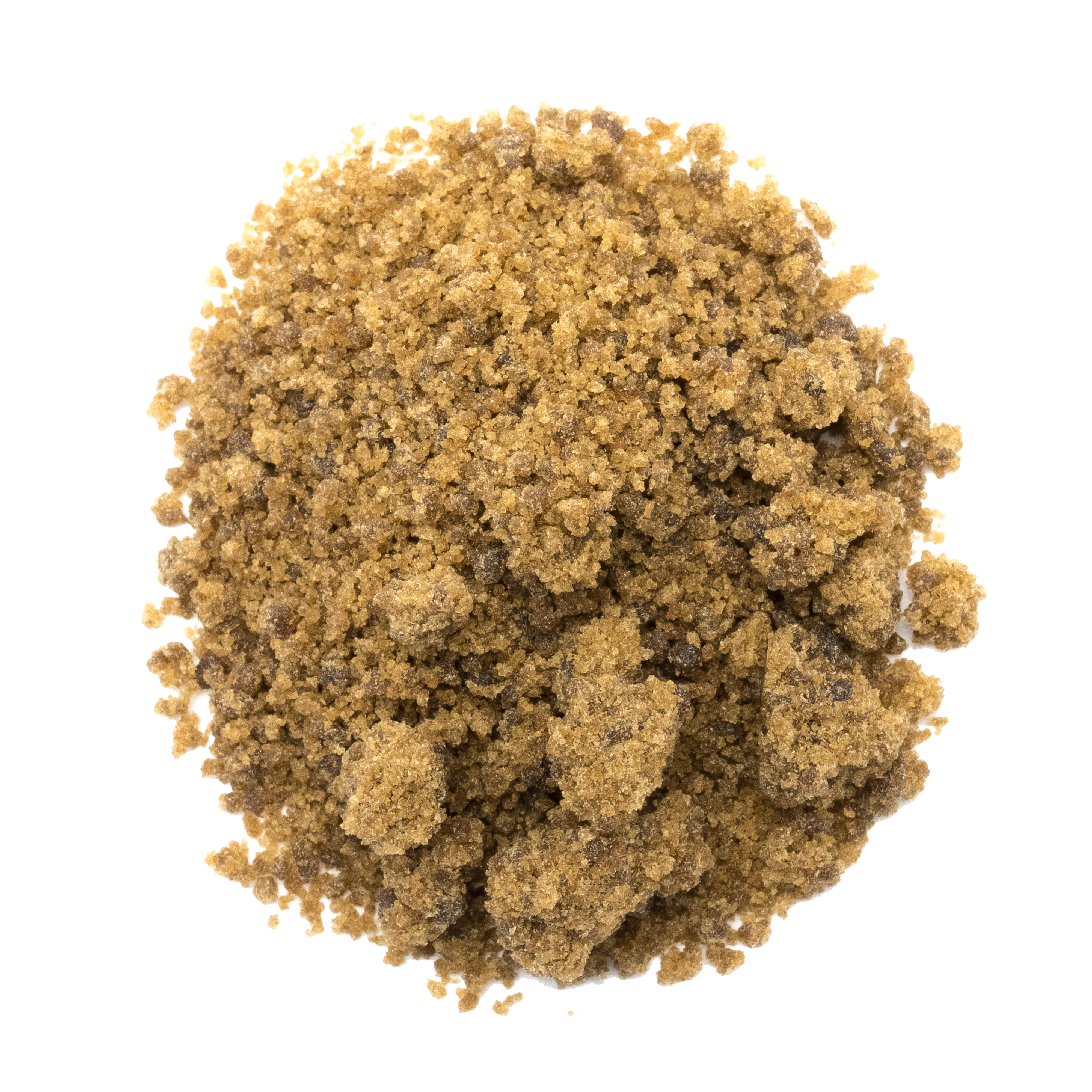 Whatever you decide to call it, all three terms describe the same product- cannabis resin extracted from plant material using very cold water, ice cubes and agitation. Buds or trim are gently stirred by hand or spun using an electric mixer in ice-cold water, causing the trichomes to become hard and brittle and eventually snapping off of the plant. After a short period of mixing, the water is poured through a series of mesh filter bags- often called ‘bubble bags’- with the uppermost having the largest mesh and the lowermost the finest.
Whatever you decide to call it, all three terms describe the same product- cannabis resin extracted from plant material using very cold water, ice cubes and agitation. Buds or trim are gently stirred by hand or spun using an electric mixer in ice-cold water, causing the trichomes to become hard and brittle and eventually snapping off of the plant. After a short period of mixing, the water is poured through a series of mesh filter bags- often called ‘bubble bags’- with the uppermost having the largest mesh and the lowermost the finest.
Like all extracts, the quality of water hash depends on the starting material used, with the lowest grade being dark brown pressed resin- a little better in appearance and purity than imported hashish. On the other hand, water hash expertly extracted from well-cultivated flowers will result in a fine, golden extract resembling light brown sugar, with total cannabinoids testing between 50-80 percent.
ROSIN
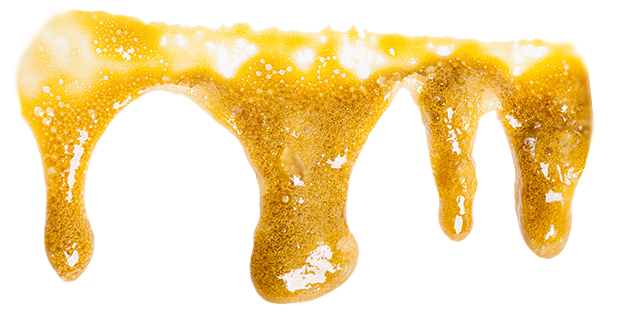 Possibly the newest method of solventless extraction popularized in 2015, rosin involves extracting a full-melt oil from flowers or hash using nothing more than heat and pressure. From DIY rosin pressed using hair irons to heavy-duty industrial presses capable of exerting more than 30 tons of pressure for large-scale manufacturers, rosin is the easiest and quickest method to extract precious resin from plant matter while still preserving terpenes.
Possibly the newest method of solventless extraction popularized in 2015, rosin involves extracting a full-melt oil from flowers or hash using nothing more than heat and pressure. From DIY rosin pressed using hair irons to heavy-duty industrial presses capable of exerting more than 30 tons of pressure for large-scale manufacturers, rosin is the easiest and quickest method to extract precious resin from plant matter while still preserving terpenes.
Rosin can be made from many types of starting materials, including flower, kief and bubble hash – either dried or fresh frozen. However, it’s important to keep in mind that rosin is debatably the only product on the market that is a direct reflection of the starting material used. There’s no workaround to producing high-quality rosin because there’s no way to manipulate its chemical structure. Since there are no chemicals or solvents introduced during rosin extraction – like hydrocarbon extractions – the integrity of the plant is maintained throughout the process. For example, when some cultivators experience issues with their crop (powdery mildew, mold, bud rot, etc.) they can mask them by extracting hydrocarbon concentrates from that flower. With rosin, if you start with subpar material, you will get subpar rosin.
Other factors that may affect end results include the strains used, the temperature of the press and the subsequent storage of the rosin. The final texture of rosin can vary greatly- from shatter to wax to budder to sauce- depending on these factors. As a general rule, flower rosin will be tastier since the terpenoids found within the trichomes have not been manipulated, while hash rosin will be more potent as most plant material has already been extracted. Of course, there are exceptions to this rule.
Many extractors are now experimenting with live rosin to create fresher, more flavorful concentrates. Live rosin is extracted from fresh or fresh-frozen cannabis material. By skipping the drying process, monoterpenoids present in fresh cannabis can be successfully pressed and extracted within the rosin.
BUDDER
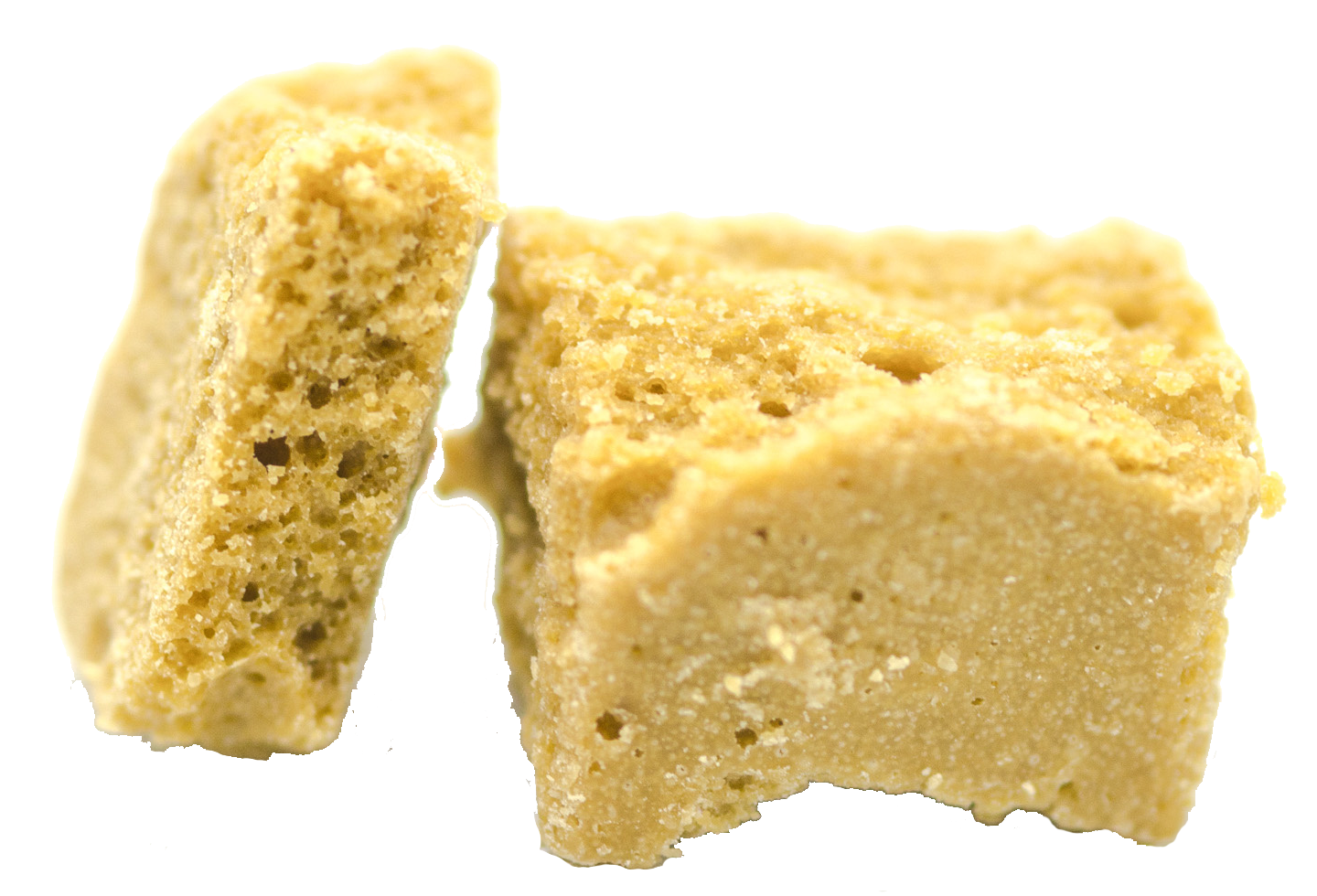 Using light heat and agitation, rosin can be “whipped” to create budder. Budder has a consistency similar to salve or batter that can be much easier to work with when dabbing, and this technique can significantly increase the aromatic properties found within the terpenoids of the original starting material. Budder can be found in most legal retail dispensaries, but the process can be achieved easily with preexisting rosin by simply stirring it consistently with a warm dabber tool.
Using light heat and agitation, rosin can be “whipped” to create budder. Budder has a consistency similar to salve or batter that can be much easier to work with when dabbing, and this technique can significantly increase the aromatic properties found within the terpenoids of the original starting material. Budder can be found in most legal retail dispensaries, but the process can be achieved easily with preexisting rosin by simply stirring it consistently with a warm dabber tool.
Solvent-Based Extracts
Solvent-based extraction methods have advanced quickly since legalization, with the solvents of choice including ethanol, CO2, and hydrocarbons such as butane and propane. This method uses volatile chemicals to distill trichomes away from the plant material. Once the trichomes are collected, the solvent is then removed typically by means of evaporating, leaving behind a cannabinoid-packed product. The purity and potency of solvent-based extracts vary greatly, but THC-rich extracts that contain up to 90% of the plant’s original cannabinoids can be found in most legal dispensaries.
While these compounds sound like things you’d definitely want to avoid ingesting, this method of extraction has been used in the food industry for decades to create flavorings and food coloring. If produced correctly and tested accurately by a certified third-party lab, solvent-based cannabis extracts can be safe, both in terms of minimizing production risks and creating a product fit for consumption.
BUTANE HASH OIL (BHO)
 BHO is the most common extraction method for commercial manufacturers, utilizing refined, lab-grade butane to create products like honey oil, badder, crumble, sauce, wax, or shatter. Butane is preferred for its non-polarity, allowing efficient separation of non-polar compounds, such as chlorophyll and plant metabolites, from the cannabinoids and terpenes. It also has a low boiling point, which allows extractors to remove the solvent from the extracts without altering any of the cannabinoids or terpenes that were removed from the plant material while ensuring that no residual butane makes it way into the final product.
BHO is the most common extraction method for commercial manufacturers, utilizing refined, lab-grade butane to create products like honey oil, badder, crumble, sauce, wax, or shatter. Butane is preferred for its non-polarity, allowing efficient separation of non-polar compounds, such as chlorophyll and plant metabolites, from the cannabinoids and terpenes. It also has a low boiling point, which allows extractors to remove the solvent from the extracts without altering any of the cannabinoids or terpenes that were removed from the plant material while ensuring that no residual butane makes it way into the final product.
HONEY OIL
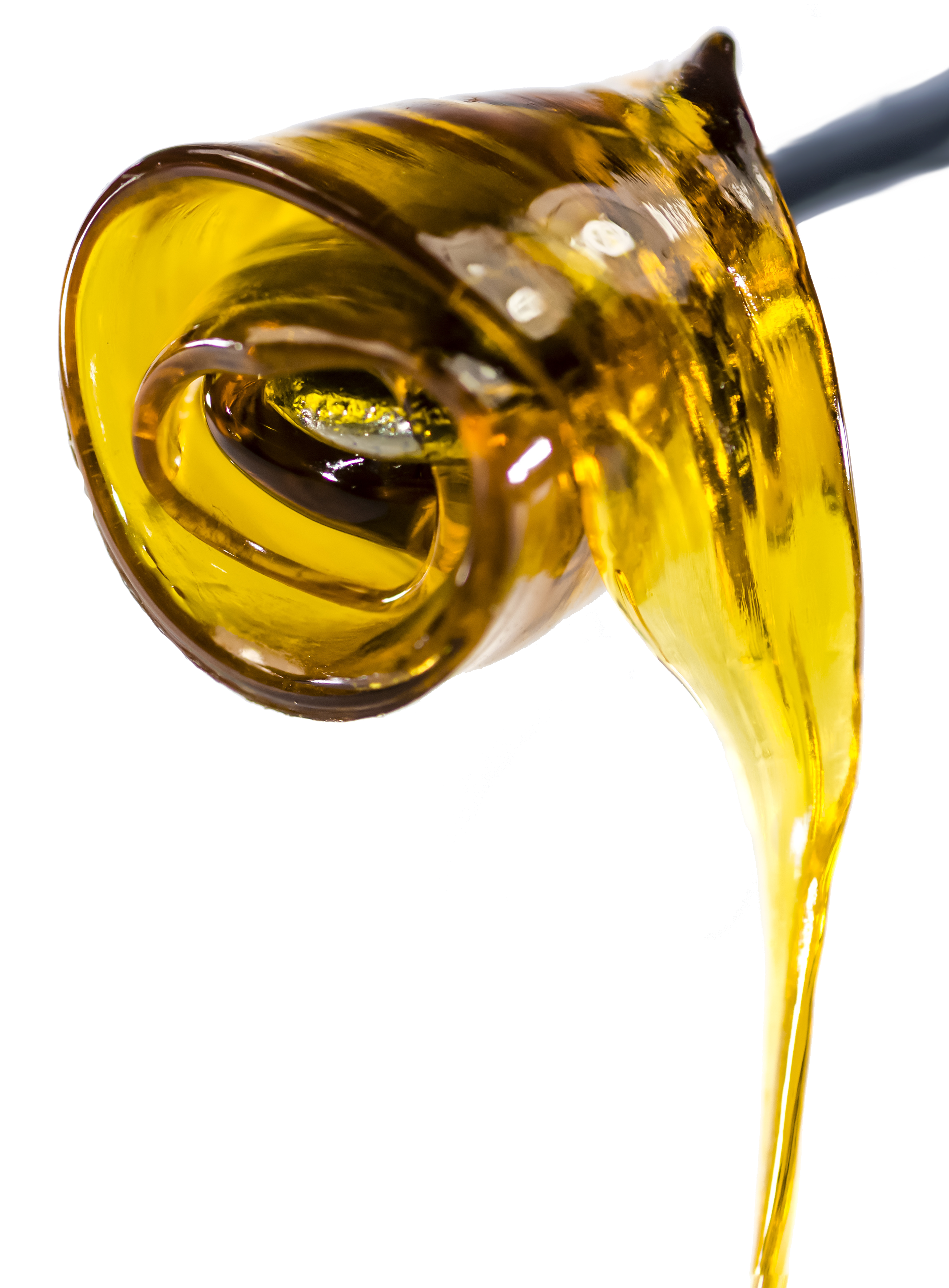 ‘Honey oil’ is the pot culture term for hash oil, named so for it’s honey-like amber color and sticky consistency. This oil is primarily used in the production of shatter and wax, with THC levels upwards of 80 percent.
‘Honey oil’ is the pot culture term for hash oil, named so for it’s honey-like amber color and sticky consistency. This oil is primarily used in the production of shatter and wax, with THC levels upwards of 80 percent.
SHATTER
 Shatter is glass-like, brittle extract named for its breakability and is favored for its ease in handling when dabbing. However, the physical texture of individual products range from extremely brittle to taffy-like, depending on the product’s cannabinoid profile. Shatter that’s higher in d9-THC will tend to be more malleable than those containing primarily THCA, which will be more brittle. These concentrates get their translucent, peanut-brittle like structure from their molecular arrangement, with all of its molecules stacked on top of one another like a wall.
Shatter is glass-like, brittle extract named for its breakability and is favored for its ease in handling when dabbing. However, the physical texture of individual products range from extremely brittle to taffy-like, depending on the product’s cannabinoid profile. Shatter that’s higher in d9-THC will tend to be more malleable than those containing primarily THCA, which will be more brittle. These concentrates get their translucent, peanut-brittle like structure from their molecular arrangement, with all of its molecules stacked on top of one another like a wall.
WAX
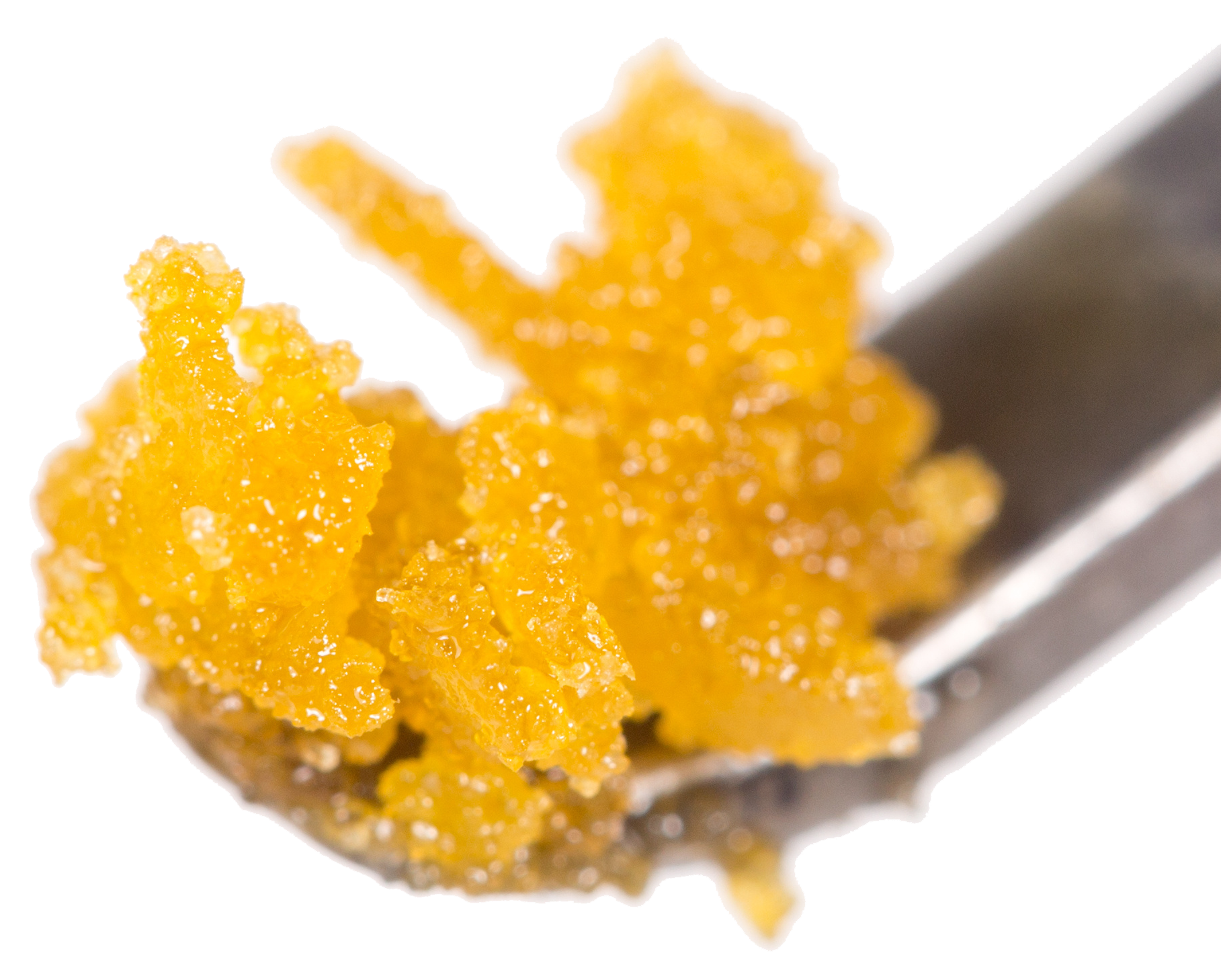 Cannabis wax is the soft, opaque golden concentrate made of extracted oils from the cannabis plant. It can have a soft viscous texture (budder) or a slightly firmer but crumbly texture (honeycomb or crumble). Cannabis wax can be an incredibly potent concentrate containing as much as 90 percent THC.
Cannabis wax is the soft, opaque golden concentrate made of extracted oils from the cannabis plant. It can have a soft viscous texture (budder) or a slightly firmer but crumbly texture (honeycomb or crumble). Cannabis wax can be an incredibly potent concentrate containing as much as 90 percent THC.
SAUCE
 THC sauce is one the newest trends on the market, consisting of pure THCA crystals, or ‘diamonds’, imbued with natural terpenes. BHO derived from a high-quality cannabis strain is left to age and crystallize, resulting in a product with a viscous sauce consistency. Sauce is a high-terpene full-spectrum extract (HTFSE), meaning products consist of around 50 percent THCA and anywhere between 13–40 percent terpenes.
THC sauce is one the newest trends on the market, consisting of pure THCA crystals, or ‘diamonds’, imbued with natural terpenes. BHO derived from a high-quality cannabis strain is left to age and crystallize, resulting in a product with a viscous sauce consistency. Sauce is a high-terpene full-spectrum extract (HTFSE), meaning products consist of around 50 percent THCA and anywhere between 13–40 percent terpenes.
DIAMONDS
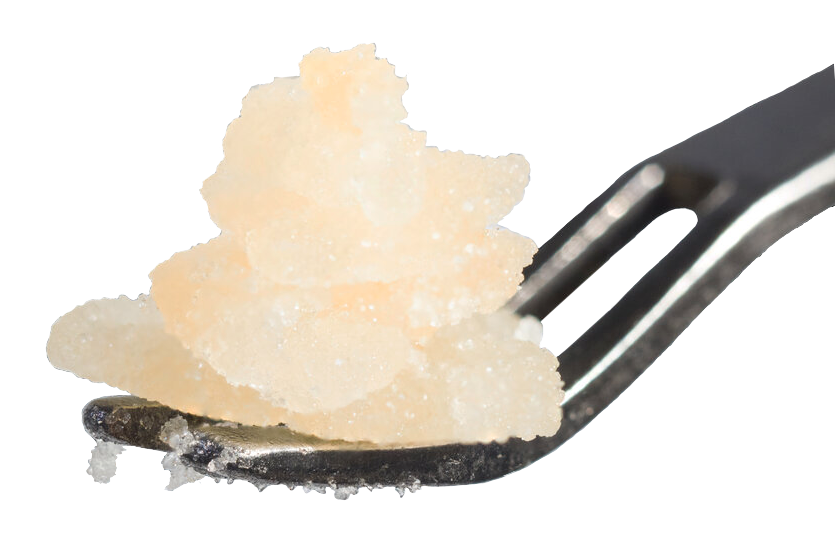 In a jar of sauce left to cure, diamonds are the crystalline structures that form on the sides and bottom of the container. These THCA diamonds may also refer to the crystals left over after the terpene sauce has been removed from the initial sauce mixture- these are usually coated in residual sauce. Diamonds can also be extracted and further processed to become pure, isolated THCA.
In a jar of sauce left to cure, diamonds are the crystalline structures that form on the sides and bottom of the container. These THCA diamonds may also refer to the crystals left over after the terpene sauce has been removed from the initial sauce mixture- these are usually coated in residual sauce. Diamonds can also be extracted and further processed to become pure, isolated THCA.
THCA is a pseudopolymorph, meaning it can crystallize into multiple forms when acted upon by variables such as temperature, moisture, chemical impurities, and solvents used in the extraction process. Unique terpene profiles that are dependent on the cannabis variety that is being extracted can also alter the size and composition of the diamonds created in an unrefined cannabis extract. However, different shapes and sizes don’t necessarily mean different levels of purity- a larger diamond may not correlate to better quality. A diamond’s physical attributes are more a reflection of its path to crystallization than an indicator of how pure the diamond is.
Diamonds range in size from very small to large chunks.. Sterols, lipids, and even terpenes can impurify and alter the course of crystallization.
PROPANE HASH OIL (PHO)
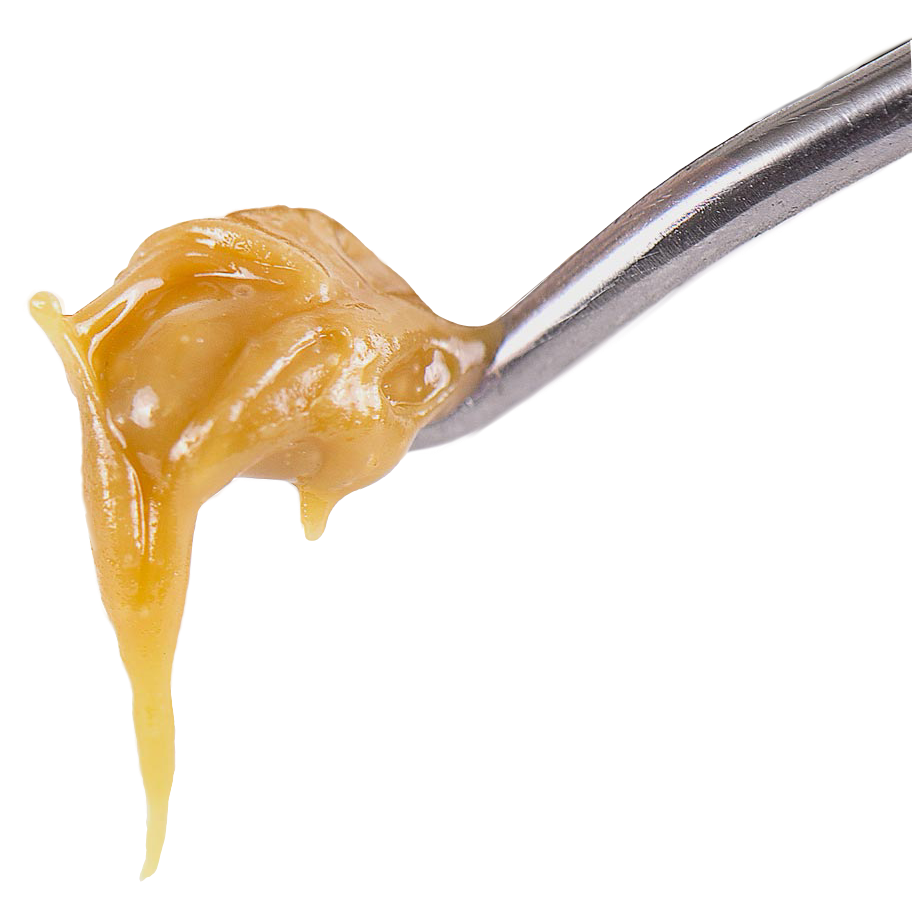 Propane Hash Oil (PHO) extraction is a method that uses propane to filter cannabinoids from starting plant material. It works similar to BHO extraction, though most PHO extractions run at slightly lower temperatures with higher pressure than you might use with butane, which can help avoid unwanted residual compounds from the plant material.
Propane Hash Oil (PHO) extraction is a method that uses propane to filter cannabinoids from starting plant material. It works similar to BHO extraction, though most PHO extractions run at slightly lower temperatures with higher pressure than you might use with butane, which can help avoid unwanted residual compounds from the plant material.
Propane boils at a lower temperature than butane, so it doesn’t take as much heat to purge propane from the concentrate. There’s less likelihood that terpenes will be burned off during this stage. PHO concentrates are high-terpene full-spectrum extracts, and they naturally reach a consistency that’s excellent for budder.
CO2 OIL
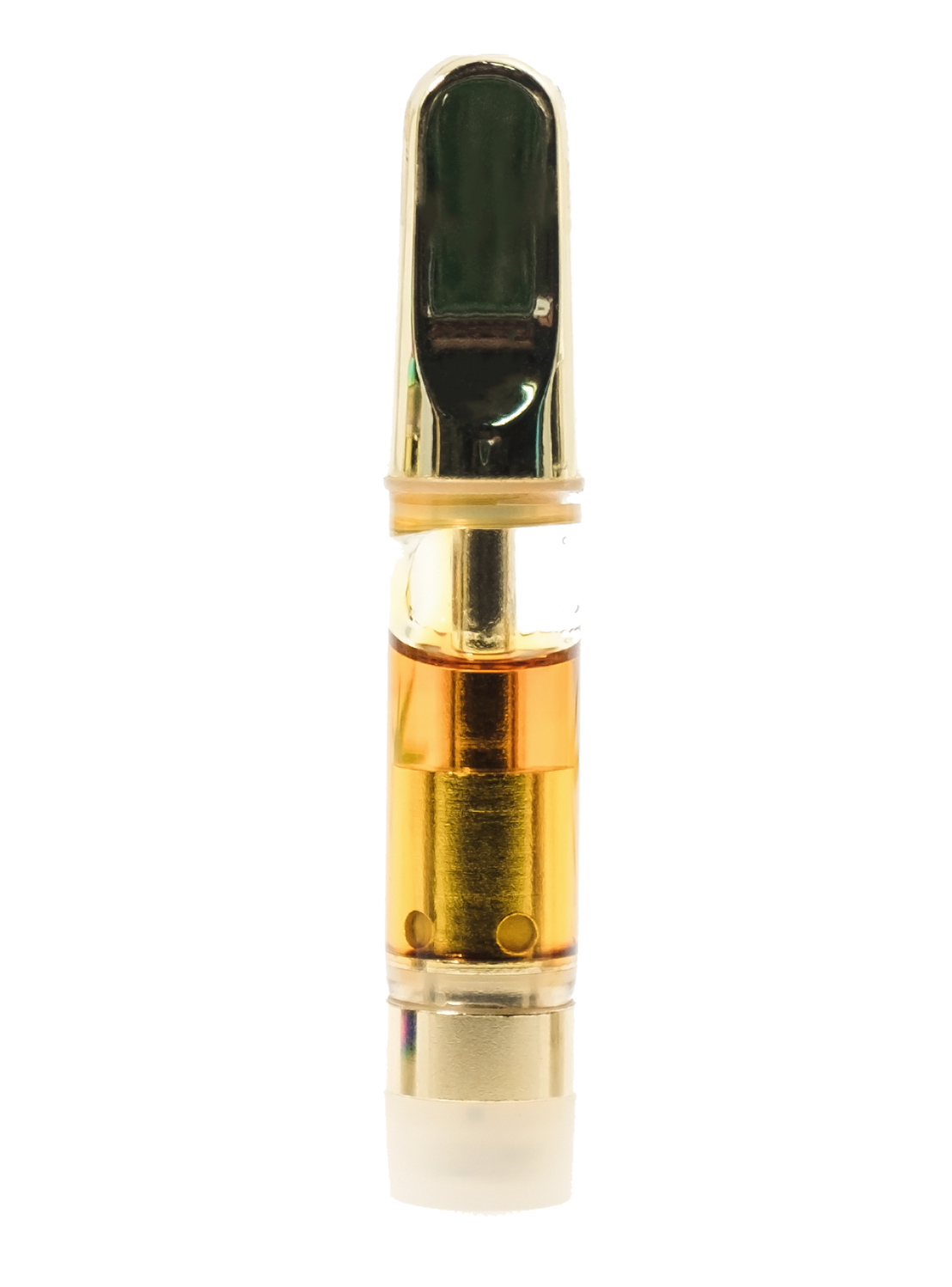 CO2 oil is the popular golden-brown liquid commonly used to fill vape pens. Because carbon dioxide is non-toxic and safe for human consumption, choosing Co2 as a solvent for extraction significantly reduces consumer health risks. It also isn’t flammable, making this solvent-based method one of the safest for producers.
CO2 oil is the popular golden-brown liquid commonly used to fill vape pens. Because carbon dioxide is non-toxic and safe for human consumption, choosing Co2 as a solvent for extraction significantly reduces consumer health risks. It also isn’t flammable, making this solvent-based method one of the safest for producers.
However, CO2 extraction isn’t effective at extracting polar hydrophilic molecules from cannabis, leaving some desirable parts of the plant, such as terpenes, behind. Producers often add plant-derived terpenes back to the oil before retail, mimicking the original starting material’s flavor and smell or creating a completely unique profile.
ETHANOL EXTRACTS
Ethanol is a colorless, volatile, flammable liquid that is the intoxicating agent in liquors and is also used as a solvent and in fuel. It is said to be as safe as CO2 and is commonly used as a food preservative and additive. Some manufacturers believe it is also as effective as butane, though it lacks butane’s non-polar properties. Ethanol-based concentrates often retain chlorophyll, resulting in dark coloration and a bitter, grassy flavor. Ethanol extraction proponents would argue that most of the water soluble plant component extraction can be circumvented by keeping very cold temps below -5F. However, because of its polar nature as a solvent, the resulting concentrates almost never reach concentrations of purity greater than 80 percent, and therefore have their limitations in making a less pure, full spectrum type extract. If a manufacturer is willing to put in the labor, money, and time, the extract can be further purified and crystalized thorough a series of filtration, separation, and chromatography.
SAFETY REMINDER
Only cannabis products sold in licensed retail dispensaries have undergone quality assurance and safety compliance testing by a licensed third-part laboratory. This is incredibly important to consider when purchasing concentrates, as harmful residual solvents, additives, and low-grade chemicals used in the extraction process can have pose serious health risks to consumers. Always purchase your cannabis products from a licensed dispensary or delivery service!
